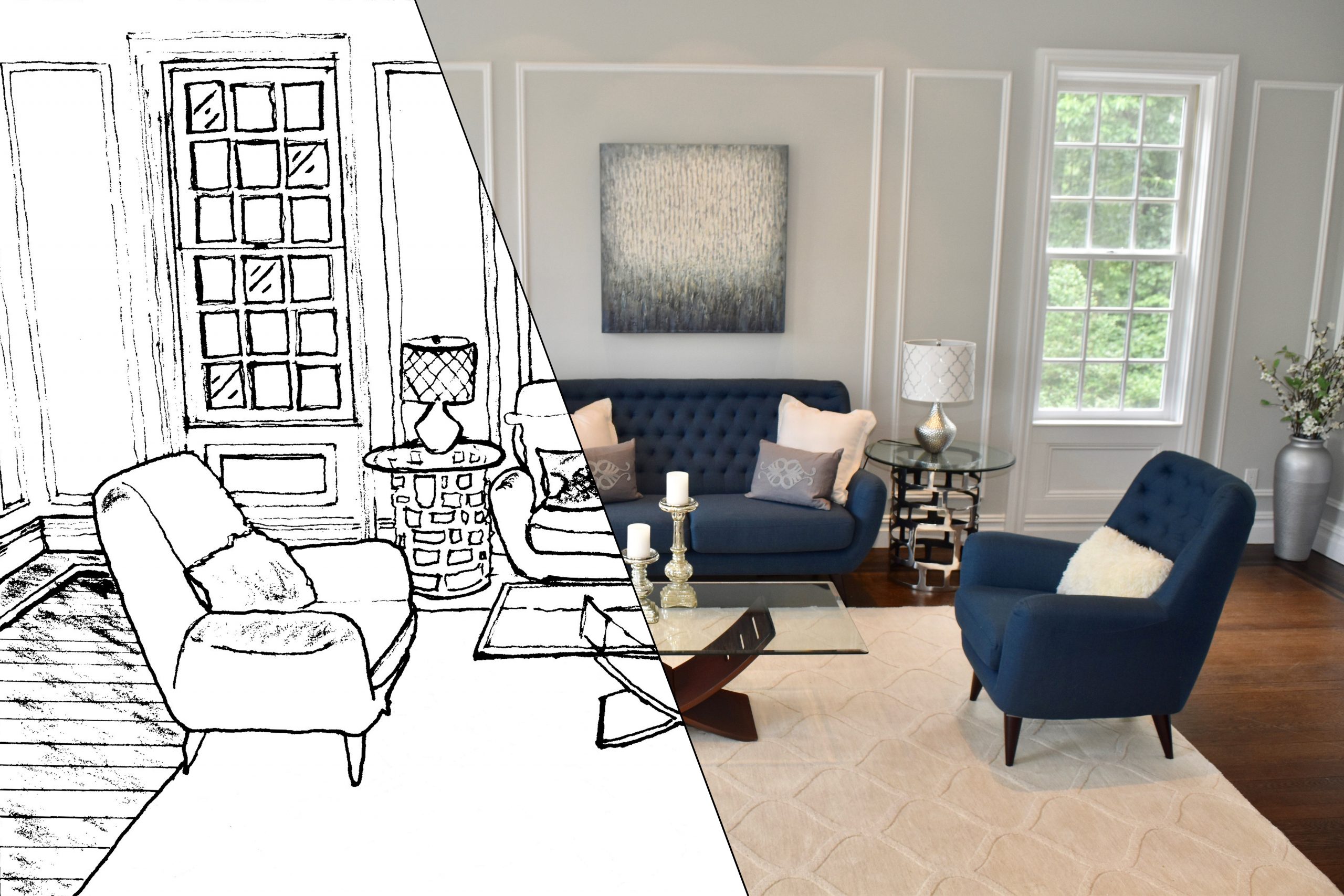Painting your kitchen cabinets
Painting your Kitchen Cabinets
Should you paint the kitchen the cabinets? I’ve seen kitchen cabinets that the only thing that is going to save them is a paint job. The biggest problem, I think is the paint job itself. If it’s done right, it can look amazing, but if an amateur does it, well let’s say, not so lovely.
The other problem is what color to paint the kitchen cabinets. Dark? Light? Medium? Perhaps a color? That all depends on your preference. Unless of course, you are selling your home.
I do like white cabinets. When you are shopping for kitchen cabinets, you will see samples of kitchen cabinets in many shades of natural wood, shades of white, antique white, and some shades of color.
Here are some samples of painted kitchen cabinets.





As you can see, painting the cabinets completely changes the look of the kitchen. That’s why I highly recommend it.
You can then change the countertops and backsplash to change the look of your kitchen further. Painting your kitchen cabinets is a great way to update the look of your kitchen without breaking your budget.
Are there any colors out there that you have used and found that works well when you’ve painted the kitchen cabinets?

















































































































